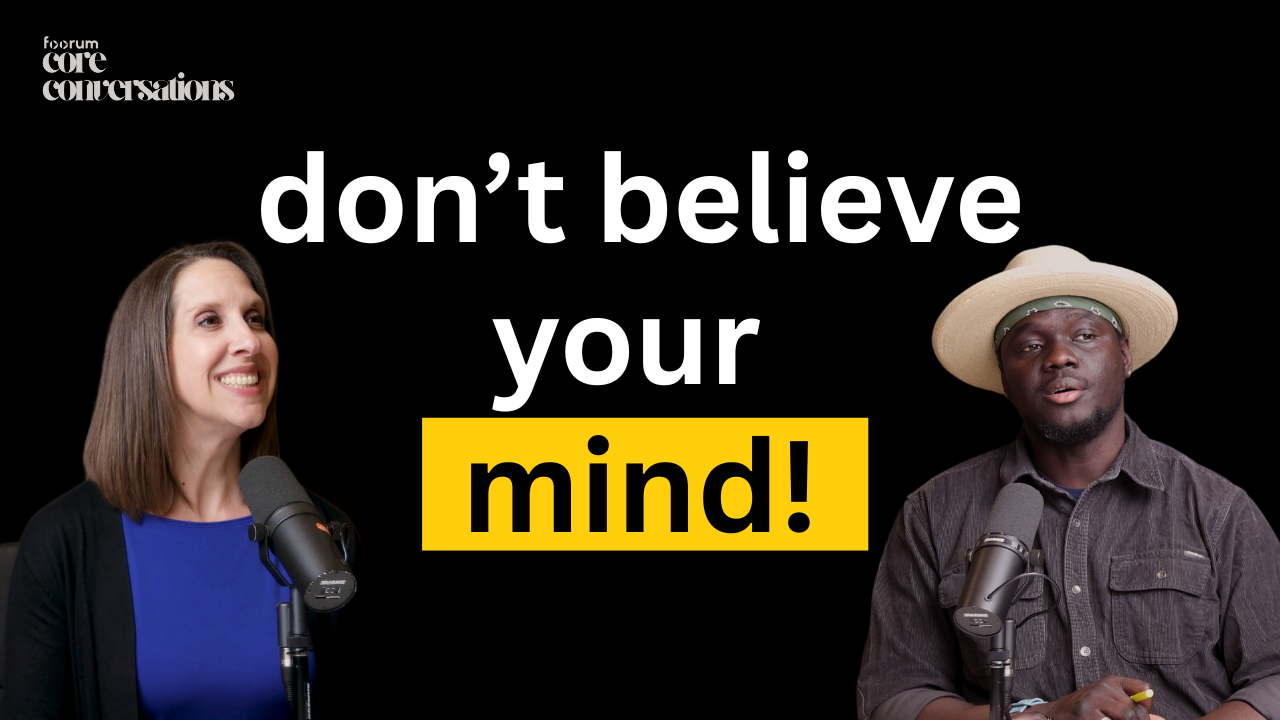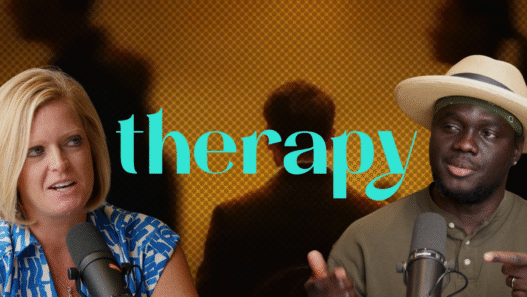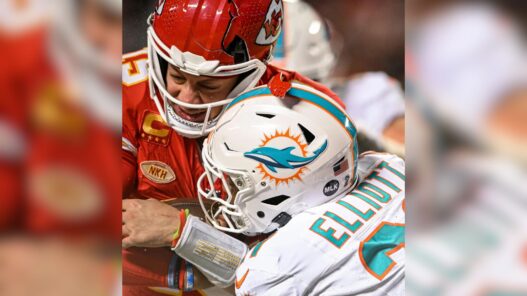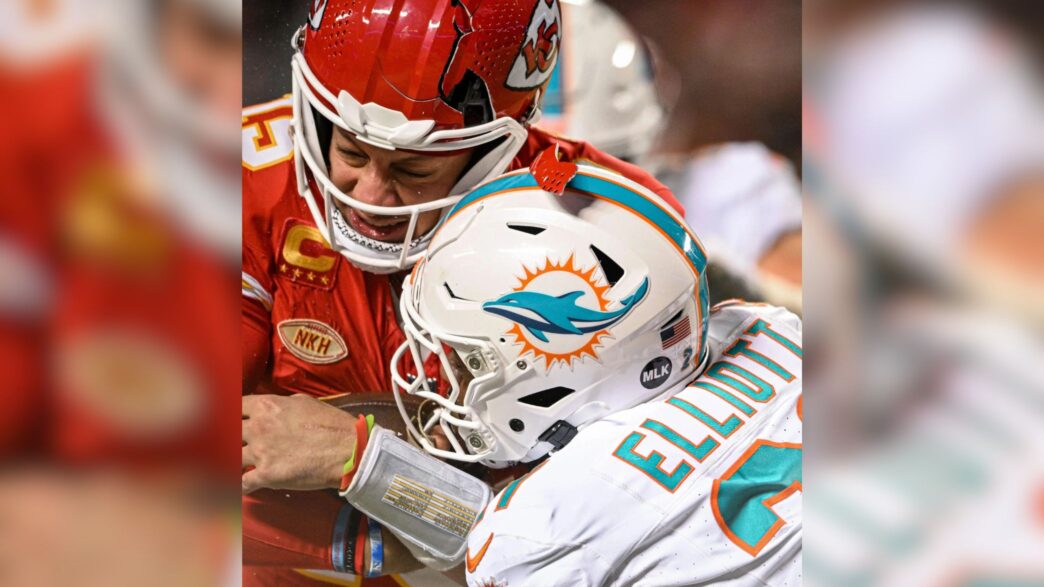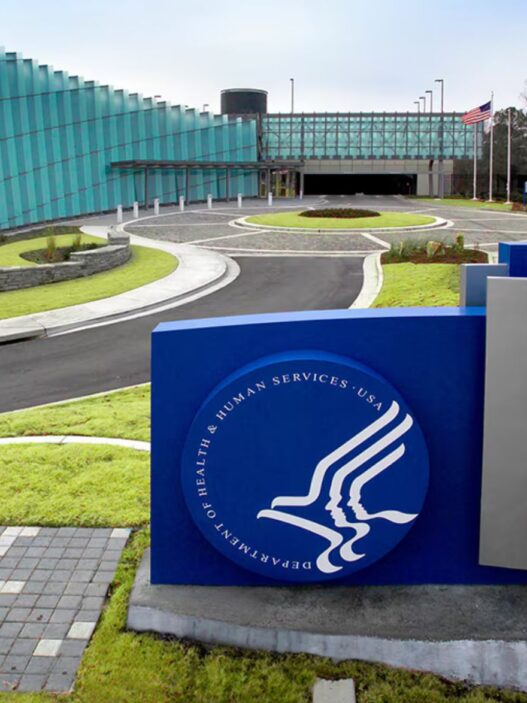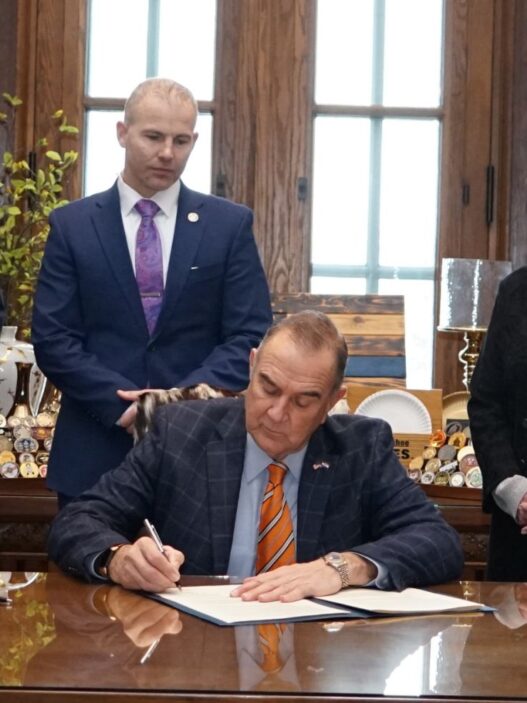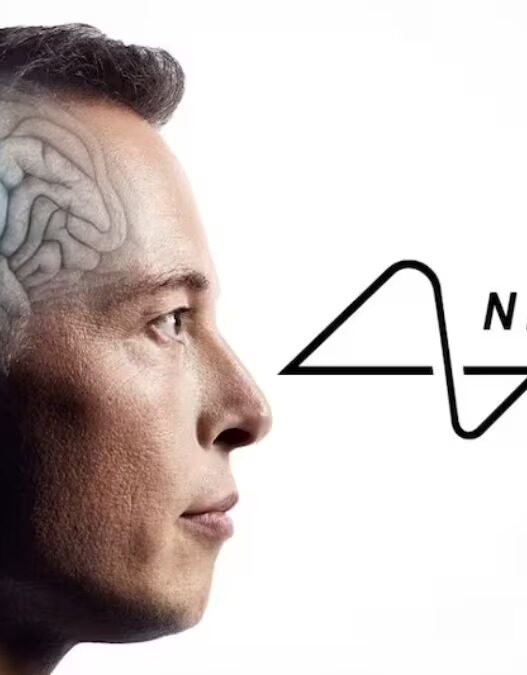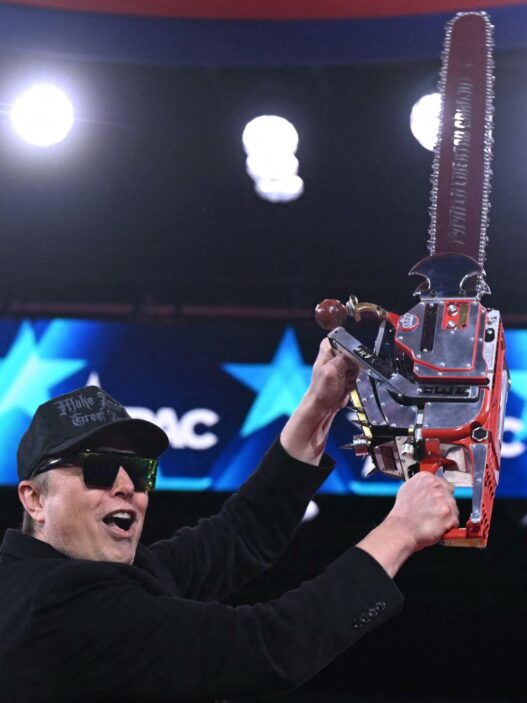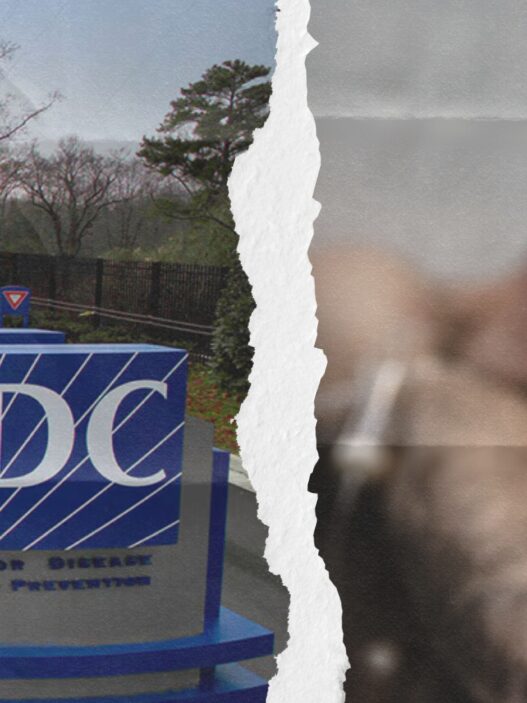Kansas City is buzzing with excitement as the Chiefs prepare to face the Philadelphia Eagles in Super Bowl LVIII on Sunday night at 5:30 p.m. CST.
As fans gear up for the biggest game of the year, the focus is on star players, coaching strategies, and bold predictions for this highly anticipated rematch of last year’s championship.
For Kansas City, this game represents another shot at solidifying its dynasty under Patrick Mahomes, while the Eagles look to bounce back from a tough end to the regular season and prove they belong on the sport’s biggest stage.
Experts and analysts have shared their predictions, weighing in on key matchups and game-changing moments that could define this year’s Super Bowl.
But while speed, strategy, and star power dominate the conversation, the Super Bowl also brings attention to an issue that continues to loom over the sport: concussions and player safety.
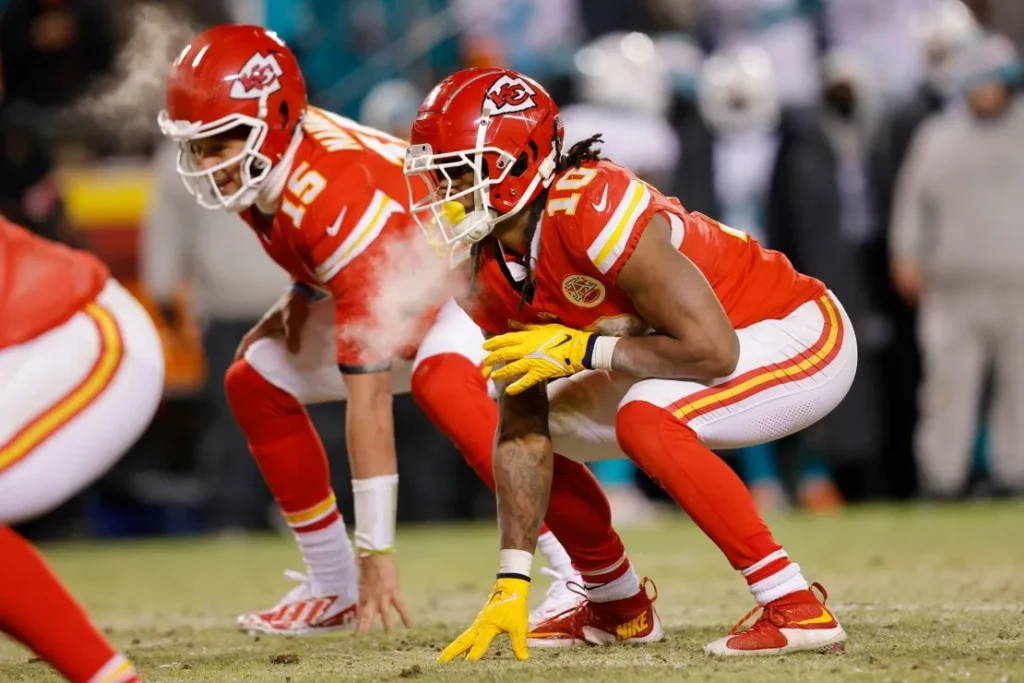
The Evolving Fight Against Concussions in the NFL
Football is a game of intensity, but it’s also a sport where head injuries remain a serious concern.
Over the years, concussions have been at the center of debates about player safety, equipment innovation, and long-term health risks.
The NFL has introduced new helmet technology and stricter concussion protocols, but the question remains: Is the game getting safer?
Recent research has highlighted the dangers of repeated head trauma, linking concussions to chronic traumatic encephalopathy (CTE), a brain disease found in many former football players.
CTE has been associated with memory loss, mood swings, depression, and even dementia, raising concerns about how much the game takes a toll on athletes long after they leave the field.
The Role of New Helmet Technology
To address these concerns, the NFL has pushed for better helmet designs aimed at reducing concussions.
The latest helmets feature advanced shock-absorbing materials, improved padding, and better impact distribution to lower the risk of head injuries.
Some models are even tailored to specific positions, recognizing that linemen, quarterbacks, and wide receivers experience different types of hits throughout a game.
Preliminary studies suggest that these helmets are making a difference, with data showing a modest decline in concussion rates among players using newer models.
However, no helmet can fully eliminate the risk, and the discussion around player safety continues.
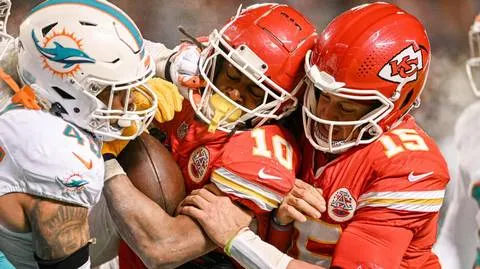
Stronger Concussion Protocols: Are They Enough?
In addition to better equipment, the NFL has strengthened its concussion protocols to ensure that players who suffer head injuries are properly evaluated before returning to play.
These include:
- Sideline medical evaluations by independent neurotrauma specialists.
- Mandatory rest periods for players diagnosed with concussions.
- Increased monitoring for delayed symptoms after big hits.
Despite these measures, critics argue that more needs to be done to protect athletes.
Players often feel pressure to stay in the game, and some may downplay their symptoms to avoid being sidelined.
The Long-Term Picture: Balancing Safety and the Love of the Game
Football is woven into American culture, and for many players, the sport provides opportunity, community, and lifelong passion.
The challenge moving forward is finding the right balance, preserving the competitive nature of the game while continuing to improve player safety.
As Chiefs fans in Kansas City celebrate another trip to the Super Bowl, it’s worth remembering that the future of football depends on innovation, research, and a commitment to protecting those who play.
Whether it’s through better helmets, stronger rules, or new medical advancements, the evolution of the game will determine how safe it remains for future generations.
As the Chiefs and Eagles battle for the Lombardi Trophy, the spotlight is on strategy, athleticism, and the love of the game.
But in the background, the conversation about concussions and long-term player health continues. Will new helmets and improved protocols be enough to keep players safe? That remains to be seen.
For now, Kansas City is focused on one thing, bringing home another Super Bowl victory.
